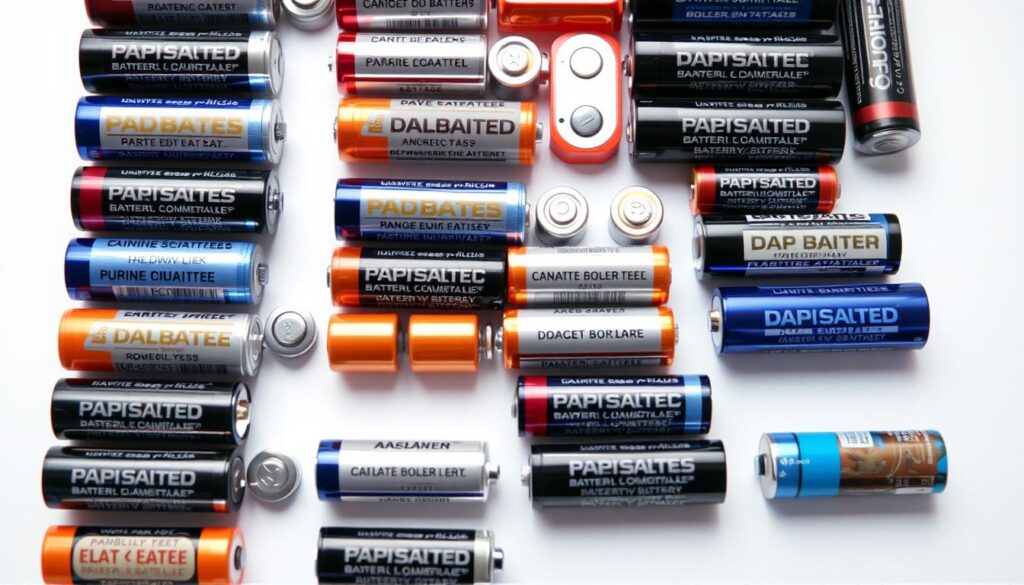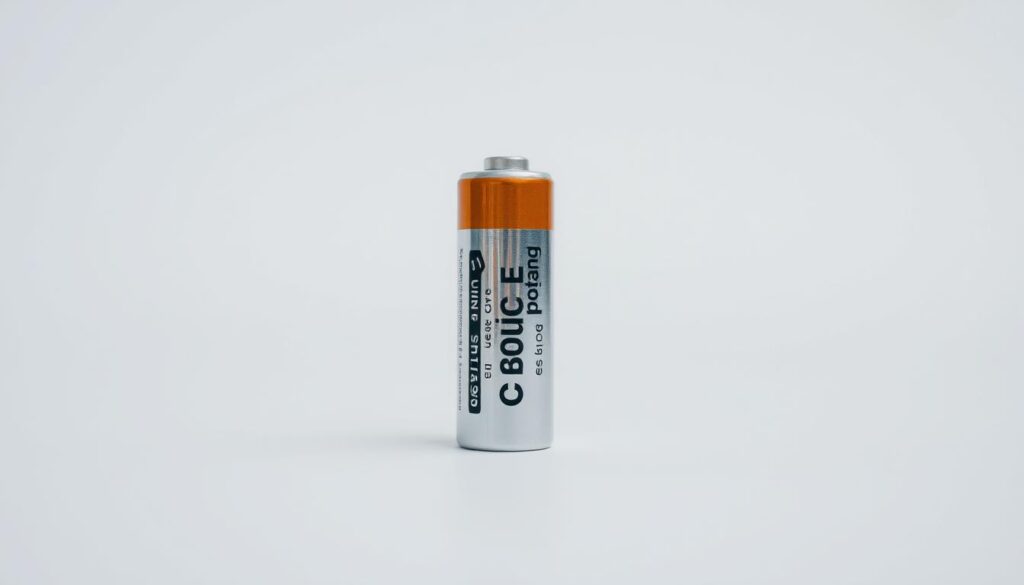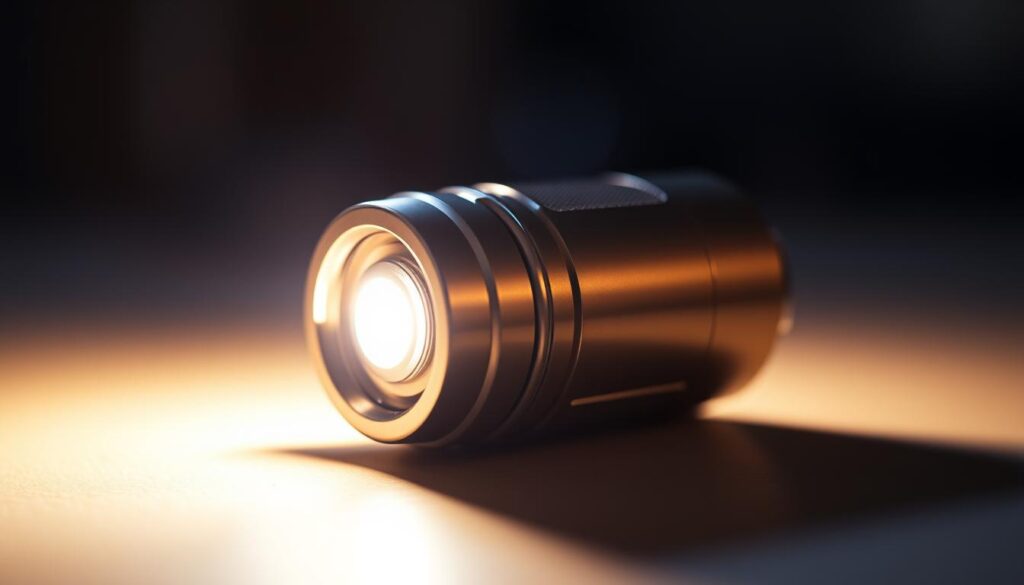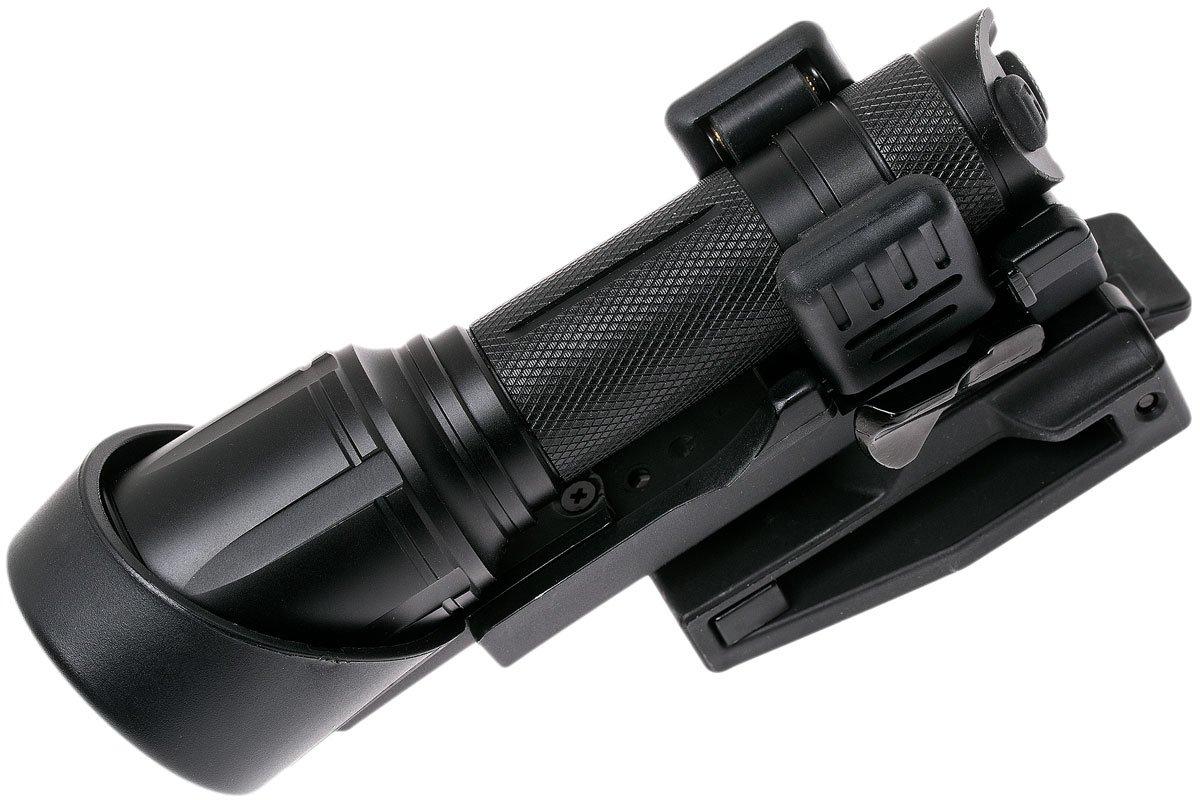Choosing the right power source for your flashlight is crucial for its optimal performance and longevity. With numerous options available, deciding on the best one can be overwhelming.
Selecting the appropriate flashlight battery depends on several factors, including the type of flashlight you have and your usage patterns. The right choice ensures that your device functions reliably when you need it most.
Understanding the different types of batteries and their characteristics is essential to making an informed decision. This section will guide you through the process of choosing the best flashlight battery for your needs.
Contents
ToggleKey Takeaways
- Understand the types of flashlight batteries available.
- Consider the compatibility of the battery with your flashlight.
- Evaluate the performance characteristics of different batteries.
- Choose a battery that suits your usage patterns.
- Opt for a reputable brand for reliability.
Types of Flashlight Battery Options
Choosing the right flashlight battery involves understanding the different types available and their characteristics. Flashlight batteries are categorized based on their chemical composition, rechargeability, and application-specific designs.
Alkaline and Lithium Disposable Batteries
Alkaline batteries are a popular choice for flashlights due to their affordability and wide availability. They offer a moderate energy density and are suitable for casual use. Lithium disposable batteries, on the other hand, provide a higher energy density and perform well in extreme temperatures, making them ideal for outdoor and emergency applications.
| Battery Type | Energy Density | Temperature Range |
| Alkaline | Moderate | 0°C to 40°C |
| Lithium | High | -20°C to 60°C |
Rechargeable Lithium-ion and NiMH Options
For those looking for a more cost-effective and environmentally friendly option, rechargeable batteries are a great alternative. Lithium-ion (Li-ion) batteries offer high energy density and long cycle life, making them suitable for high-drain flashlights. Nickel-Metal Hydride (NiMH) batteries are another rechargeable option, known for their durability and moderate cost.
Button Cell and CR123A Specialty Batteries
Some flashlights require specialty batteries due to their unique design or application. Button cells are used in small flashlights and devices, while CR123A batteries are commonly found in high-performance flashlights, offering a high voltage and energy density.

Understanding these different types of flashlight batteries can help users make informed decisions about their flashlight needs, whether it’s for everyday use, outdoor adventures, or emergency preparedness.
Essential Factors for Selecting the Right Flashlight Battery
Selecting a suitable flashlight battery involves considering several key factors that directly impact the performance and longevity of your flashlight. The right choice can enhance your device’s overall functionality and ensure it operates effectively when needed.
Size and Compatibility Guidelines
The size of the battery is a critical factor, as it must be compatible with your flashlight. Using a battery that is not the correct size can lead to poor performance or even damage your device. Always check the manufacturer’s guidelines for the recommended flashlight battery size.

Voltage Requirements and Performance Impact
The voltage of the battery significantly affects the performance of your flashlight. A higher flashlight battery voltage typically results in a brighter light, but it may also reduce the battery life. It’s essential to balance voltage requirements with the need for a long lasting flashlight battery.
Capacity Ratings and Expected Runtime
Capacity ratings, measured in ampere-hours (Ah) or milliampere-hours (mAh), indicate how long a battery will last. A higher capacity rating means a durable flashlight battery that can power your flashlight for an extended period. Understanding the capacity rating helps in choosing a battery that meets your needs.
Temperature Tolerance and Environmental Considerations
The temperature tolerance of a battery is crucial for its performance and longevity, especially in extreme environmental conditions. Some batteries are designed to perform well in cold or hot temperatures, making them ideal for outdoor use. Consider the environment in which you will be using your flashlight when selecting a battery.
By considering these factors, you can make an informed decision and choose a flashlight battery that is both reliable and suitable for your needs.
Conclusion: Maximizing Your Flashlight Battery Performance
Maximizing flashlight battery performance involves selecting the right battery type and understanding the factors that impact its performance. By considering size, voltage, capacity, and temperature tolerance, you can ensure your flashlight operates reliably.
Proper maintenance, including timely flashlight battery replacement, is crucial for optimal performance. Storing batteries correctly and replacing them when necessary will help extend their lifespan and ensure your flashlight is always ready when needed.
By following the guidelines outlined in this article, you can make informed decisions when choosing a flashlight battery. Whether you’re using your flashlight for outdoor adventures or emergency preparedness, the right battery will provide reliable light when you need it most.
FAQ
What are the most common types of flashlight batteries?
The most common types of flashlight batteries are alkaline, lithium, rechargeable Lithium-ion, and NiMH. Specialty batteries like Button Cells and CR123A are also used in specific flashlights.
How do I choose the right size of flashlight battery?
To choose the right size, check your flashlight’s manual or manufacturer’s website for compatibility guidelines. Ensure the battery size matches the flashlight’s requirements.
What is the difference between alkaline and lithium flashlight batteries?
Alkaline batteries are more affordable and suitable for general use, while lithium batteries offer superior performance in extreme temperatures and longer shelf life.
Are rechargeable flashlight batteries a cost-effective option?
Yes, rechargeable Lithium-ion and NiMH batteries can be cost-effective in the long run, as they can be reused multiple times, reducing the need for frequent replacements.
How do I determine the capacity rating of a flashlight battery?
Check the battery’s packaging or manufacturer’s specifications for its capacity rating, usually measured in Ah (Ampere-hours) or mAh (milliAmpere-hours).
What is the impact of voltage on flashlight performance?
The voltage of a flashlight battery affects its brightness and performance. Higher voltage batteries typically provide brighter light, but ensure the voltage is compatible with your flashlight.
Can I use any brand of flashlight battery in my flashlight?
While many flashlights can use batteries from various brands, it’s recommended to use batteries from reputable manufacturers to ensure quality and compatibility.
How do environmental conditions affect flashlight battery performance?
Extreme temperatures can significantly impact battery performance. Choose batteries with suitable temperature tolerance for your usage environment.
How often should I replace my flashlight batteries?
Replace your flashlight batteries when they show signs of depletion, such as dimming light or when they reach the end of their expected runtime.



